
Kiryat Hasharon: The Gem of Netanya
Discover Kiryat Hasharon in Netanya: A family-friendly neighbourhood with lush parks, inviting cafes, and easy access to Mediterranean beaches and city attractions.
Nestled in the vibrant city of Netanya, Kiryat Hasharon is a charming neighbourhood that seamlessly blends modernity with a touch of local culture. Known for its family-friendly environment, this area is perfect for tourists looking to experience the everyday life of an Israeli community while still being close to the city's main attractions. Kiryat Hasharon is renowned for its well-kept parks and green spaces, making it an ideal destination for those who love the outdoors. The neighbourhood's central park, with its picturesque lake and walking trails, offers a peaceful retreat from the hustle and bustle of city life. The area is also home to a variety of cafes and restaurants, where you can sample delicious local cuisine. A short drive from Kiryat Hasharon will take you to Netanya's beautiful Mediterranean beaches. Whether you want to relax by the sea or take part in water sports, the coastline offers something for everyone. The neighbourhood's strategic location also makes it easy to explore other attractions in Netanya, such as the vibrant market and the enchanting Iris Reserve.
Local tips in Kiryat Hasharon
- Visit the central park for a relaxing afternoon by the lake.
- Try the local cuisine at one of the neighbourhood's charming cafes.
- Plan a beach day; Netanya's beautiful coastline is just a short drive away.
- Explore the nearby Iris Reserve for a unique nature experience.
Kiryat Hasharon: The Gem of Netanya
Nestled in the vibrant city of Netanya, Kiryat Hasharon is a charming neighbourhood that seamlessly blends modernity with a touch of local culture. Known for its family-friendly environment, this area is perfect for tourists looking to experience the everyday life of an Israeli community while still being close to the city's main attractions. Kiryat Hasharon is renowned for its well-kept parks and green spaces, making it an ideal destination for those who love the outdoors. The neighbourhood's central park, with its picturesque lake and walking trails, offers a peaceful retreat from the hustle and bustle of city life. The area is also home to a variety of cafes and restaurants, where you can sample delicious local cuisine. A short drive from Kiryat Hasharon will take you to Netanya's beautiful Mediterranean beaches. Whether you want to relax by the sea or take part in water sports, the coastline offers something for everyone. The neighbourhood's strategic location also makes it easy to explore other attractions in Netanya, such as the vibrant market and the enchanting Iris Reserve.
Iconic landmarks you can’t miss
Independence Square
Discover the vibrant Independence Square in Netanya, a cultural hub with stunning sea views, lively cafes, and a rich local atmosphere.
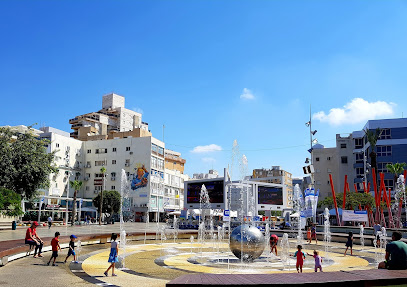
שלולית החורף נתניה
Discover the natural beauty of Shlomo Lahat Park in Netanya, a perfect retreat for relaxation, recreation, and stunning coastal views.
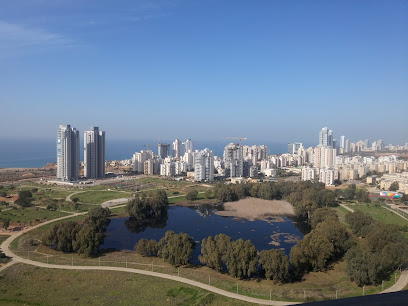
Iris Reserve
Discover the Iris Reserve, a breathtaking nature preserve in Netanya, perfect for hiking and immersing yourself in stunning landscapes and rich wildlife.
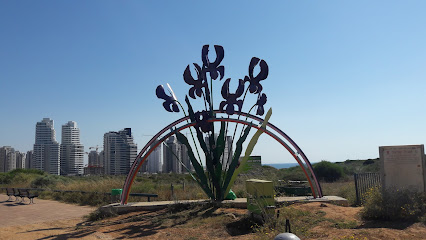
Park Einstein
Discover the tranquility of Park Einstein in Netanya, a lush urban park perfect for relaxation, picnics, and family fun amidst beautiful surroundings.
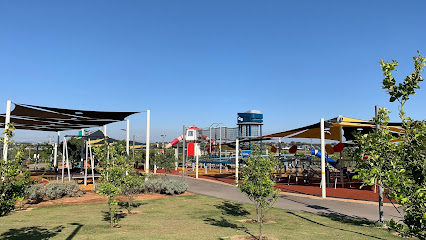
Community Center in Kiryat Hasharon
Experience the vibrant community spirit at Kiryat Hasharon Community Center, a cultural hub in Netanya offering diverse activities for all ages.
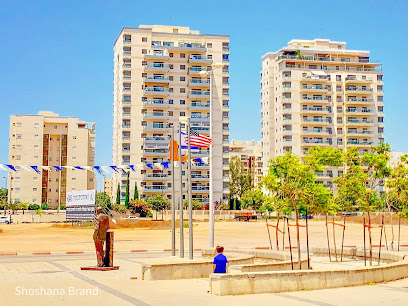
Victory Monument
Explore the Victory Monument in Netanya, a significant war memorial that honors the brave, set in serene surroundings perfect for reflection.
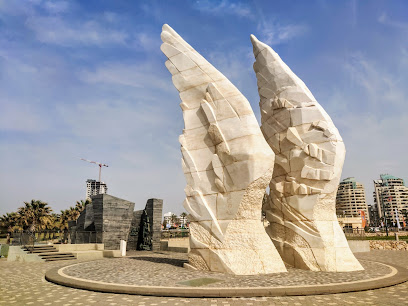
אתר ההנצחה לחללי חיל הטכנולוגיה והאחזקה
Discover the War Memorial in Netanya, a poignant tribute to the heroes of freedom amidst serene gardens and historical narratives.
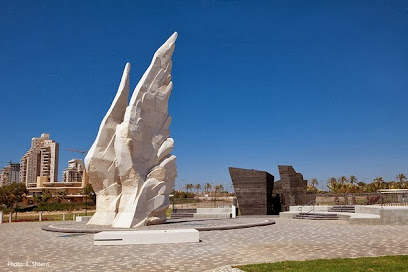
Planetanya- Planetarium Netanya | פלנתניה- פלנטריום נתניה
Explore the cosmos at Planetanya - Planetarium Netanya, where every star tells a story and every visit unveils the universe's mysteries.

מנוחת עולם
Explore the serene beauty of Memorial Park in Netanya, a tranquil cemetery that offers reflection and remembrance amidst lush landscapes.

פארק תשרי
Discover the tranquil beauty of Park Tishrei in Netanya, a perfect urban escape for relaxation, family fun, and nature walks.
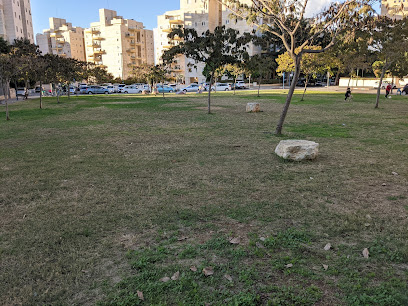
HaSharon
Discover the breathtaking views and architectural beauty of HaSharon Bridge in Netanya, a stunning coastal landmark overlooking the Mediterranean.

Memorial Monuments Garden
Explore the Memorial Monuments Garden in Netanya, a serene tribute to history, bravery, and remembrance amidst lush landscapes and tranquil vibes.
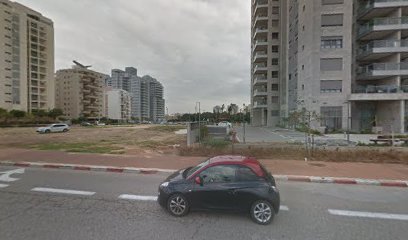
אתר מורשת - אנדרטת חיל החימוש - נתניה
Explore the Armament Forces Monument in Netanya, a historical landmark celebrating military valor with stunning coastal views.
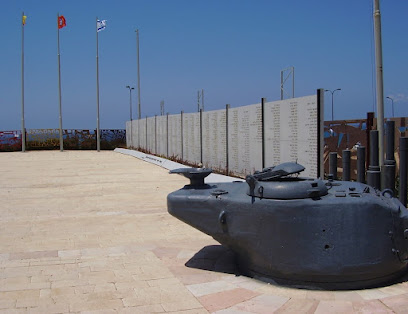
Unmissable attractions to see
שלולית החורף נתניה
Discover the serenity of Shlomo's Park in Netanya, a lush oasis perfect for relaxation, family fun, and nature photography.

Iris Reserve
Explore the breathtaking Iris Reserve in Netanya, a nature preserve offering scenic hiking trails and vibrant flora amidst serene landscapes.
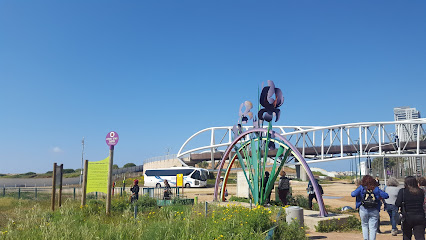
Netanya City Museum
Explore the rich history and vibrant culture of Netanya at the Netanya City Museum, a must-visit attraction for every tourist.
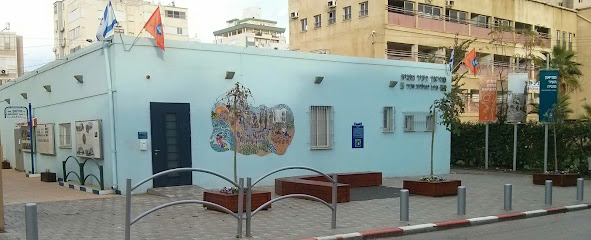
Mesilot Garden
Explore the natural beauty of Mesilot Garden in Netanya, a serene park perfect for relaxation, picnics, and family outings amidst lush greenery and vibrant flowers.
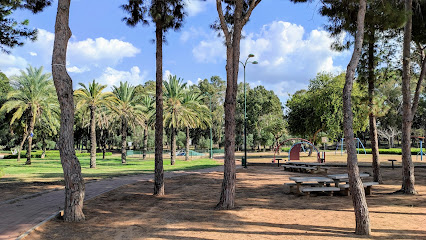
The Well House Museum (Beit Habe'er)
Explore the rich history of Netanya at The Well House Museum, a cultural gem showcasing local heritage and artifacts.
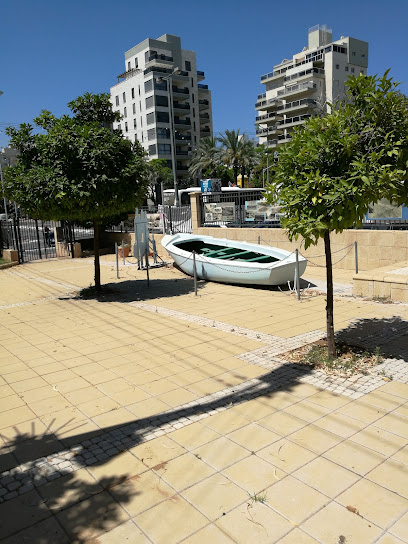
עץ שיקמה עתיק
Experience the serene beauty of Aqueduct Park in Netanya, where nature meets history along the stunning Mediterranean coast.
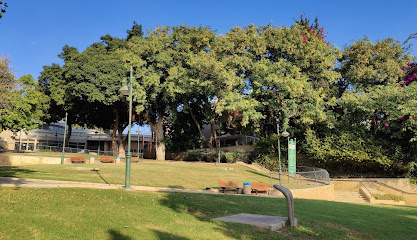
חרשת הסרגנטים
Discover the serene beauty of HaRashash Park in Netanya, a perfect retreat for nature lovers and families seeking tranquility.
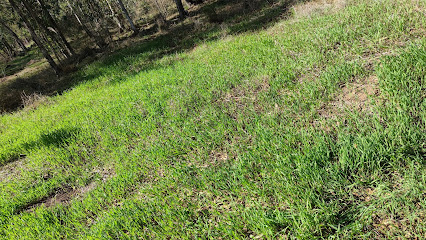
Yuri Gagarin Monument
Explore the Yuri Gagarin Monument in Netanya, a stunning tribute to the first human in space and a symbol of exploration and innovation.
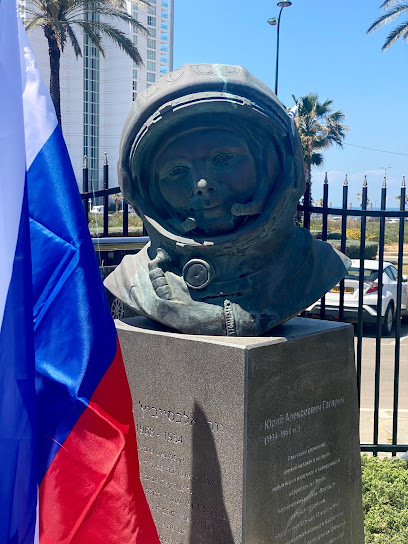
I Love Netanya
Discover the charm of I Love Netanya along the breathtaking HaRishonim Promenade, where Mediterranean views and vibrant local culture await.
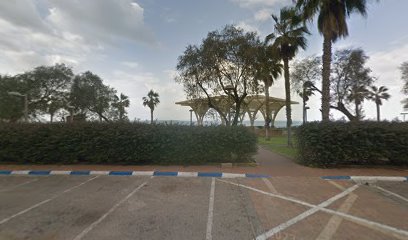
גשר עץ יפיפה
Discover the tranquil beauty of Geshar A’f Yipifit, a serene retreat in Netanya perfect for relaxation and nature lovers.
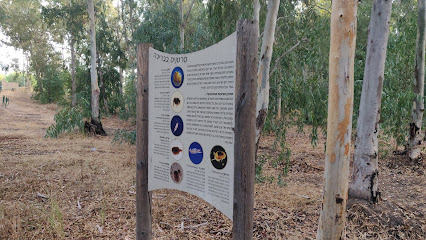
Essential places to dine
Nishi
Experience the best of Asian Fusion cuisine at Nishi in Netanya – where flavor meets creativity in every dish.
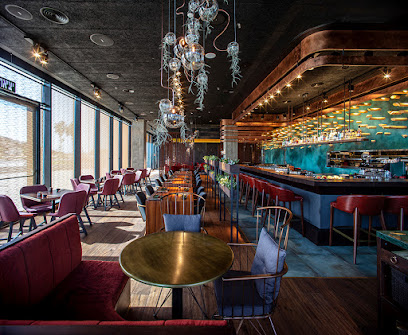
Jacko
Discover exquisite seafood delights at Jacko in Netanya – where fresh catches meet stunning Mediterranean views.
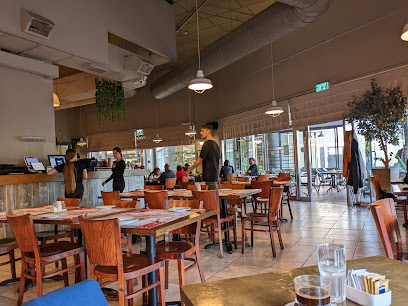
Piano Piano
Discover authentic Italian flavors at Piano Piano in Netanya – where kosher meets culinary excellence in a warm atmosphere.
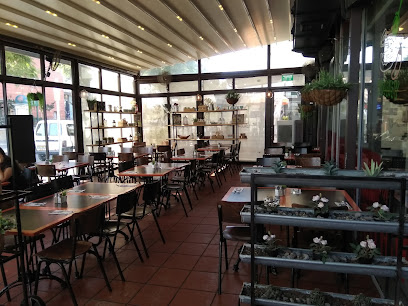
Beerloga
Discover Beerloga in Netanya – where exquisite dining meets vibrant nightlife in a lively atmosphere.
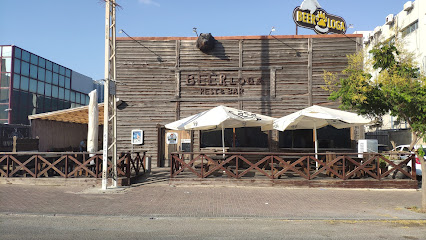
ג'מס קרית השרון החדש
Explore ג'מס קרית השרון החדש in Netanya - A vibrant restaurant and bar serving delicious cuisine amidst a lively atmosphere.

Bistro Jacky
Experience delightful dining at Bistro Jacky in Netanya, where local flavors meet international cuisine in a warm and inviting atmosphere.
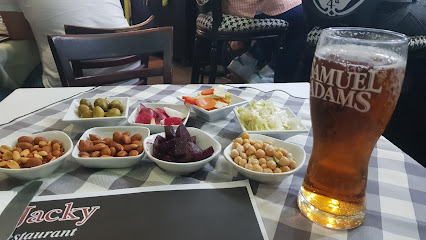
פאפא ביסטרו
Discover exquisite meat dishes and a modern dining atmosphere at Papa Bistro in Netanya – a must-visit for food lovers.
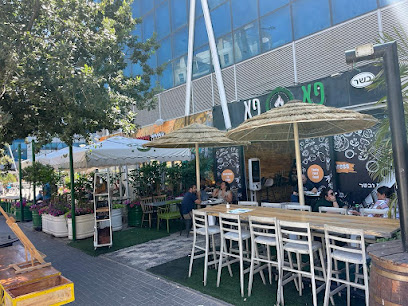
Kolizey
Experience the vibrant flavors of Mediterranean cuisine at Kolizey in Netanya - where every meal tells a story.
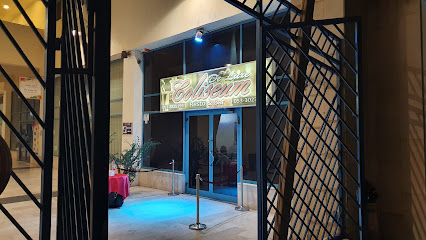
Besh
Experience authentic Middle Eastern cuisine at Besh Shawarma Restaurant in Netanya - a must-visit for food lovers seeking flavorful delights.

אליסה
Savor authentic Arab flavors at אליסה in Netanya – a must-visit destination for food lovers seeking rich culinary experiences.
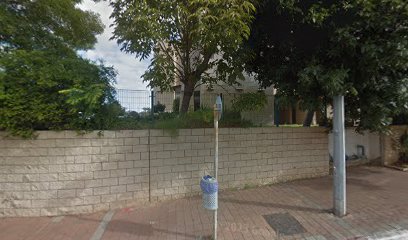
Markets, malls and hidden boutiques
Ofer Hasharon Mall
Discover Ofer Hasharon Mall in Netanya, a vibrant shopping destination with diverse brands, delicious food options, and engaging entertainment for all ages.
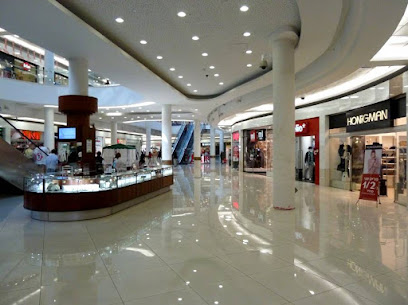
רוגובין פדרמן הסינמה סיטי
Experience shopping, dining, and entertainment at Rogoovin Federman Cinema City in Netanya, a must-visit destination for every tourist.
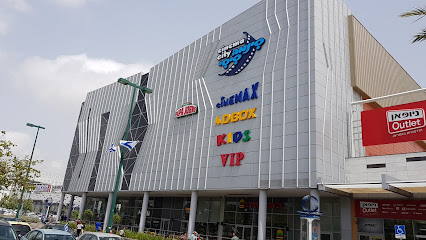
Naimi Mall
Discover the ultimate shopping experience at Naimi Mall in Netanya, where modern retail meets delightful dining and entertainment options.
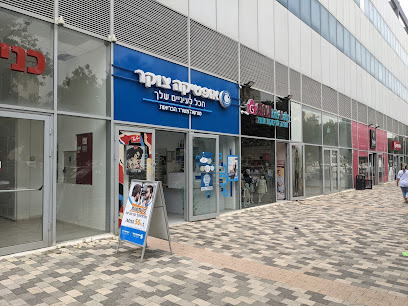
סלבריישן
Discover a world of festive possibilities at Celebration, Netanya's top party store for all your celebration needs!

Story Outlet סטורי
Explore the stylish world of Story Outlet in Netanya, where fashion meets affordability in a vibrant shopping environment.
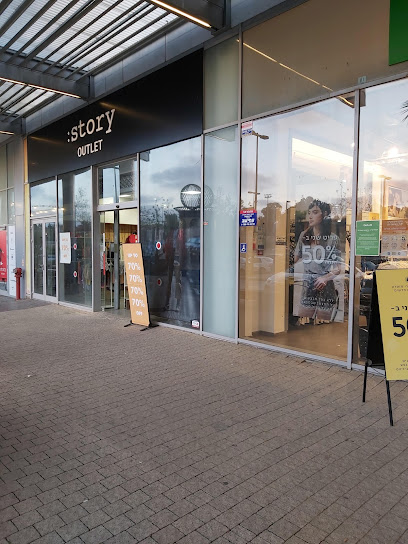
Fox
Explore Fox in Netanya for trendy clothing and accessories that define contemporary Israeli fashion.
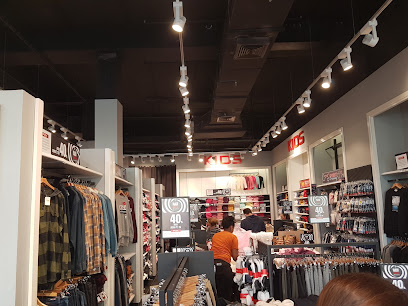
Deborah's Boutique
Explore the heart of Netanya's fashion scene at Deborah's Boutique, where unique styles and local craftsmanship come together for an unforgettable shopping experience.
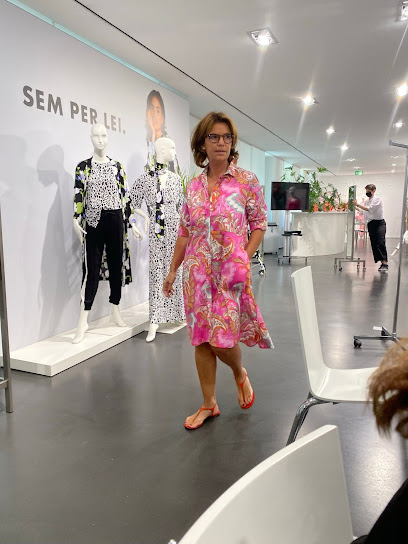
מרכז רוגובין נתניה
Discover the Rogovin Center in Netanya, a stylish clothing store offering trendy apparel in a vibrant shopping atmosphere.
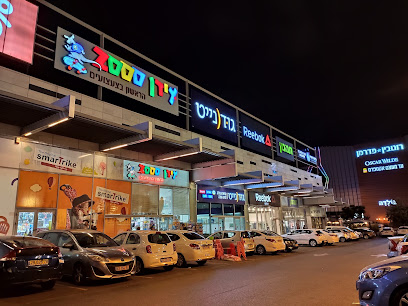
TUNG Israel
Experience the vibrant shopping scene at TUNG Israel in Netanya, where local culture meets international retail in a friendly atmosphere.
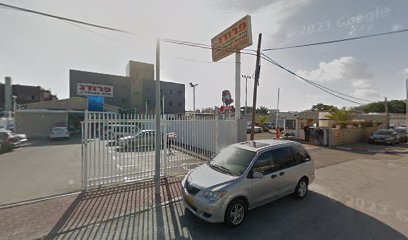
רזילי - אאוטלט רוגובין - Razili - נתניה
Explore the vibrant fashion scene at Razili, Netanya's top clothing store, offering stylish apparel and unbeatable prices for every traveler.
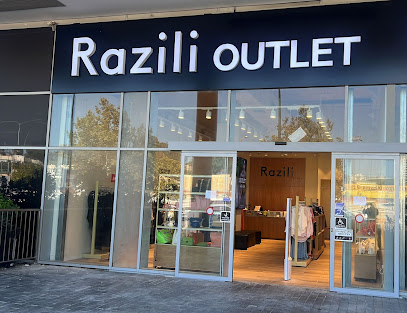
Essential bars & hidden hideouts
Beer Shop
Discover the vibrant Beer Shop in Netanya, where beer enthusiasts gather to enjoy an extensive selection of brews in a welcoming beer garden atmosphere.
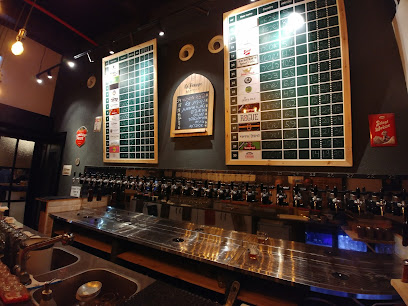
Murphy's
Discover Murphy's in Netanya, where the spirit of Ireland meets the heart of Israeli hospitality in a lively and welcoming atmosphere.
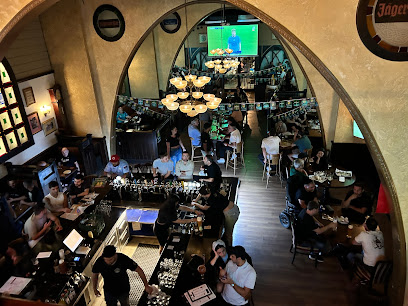
ג'מס קרית השרון החדש
Experience the lively ambiance and exquisite flavors at ג'מס קרית השרון החדש, Netanya's premier bar and restaurant destination.
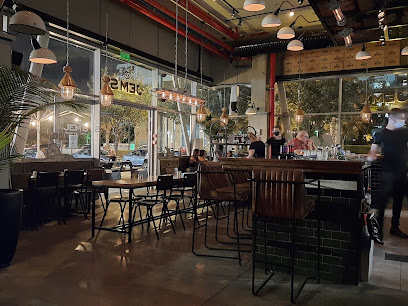
Uranus
Discover the lively Uranus Pub in Netanya – a perfect blend of great drinks, vibrant atmosphere, and local culture for an unforgettable night out.
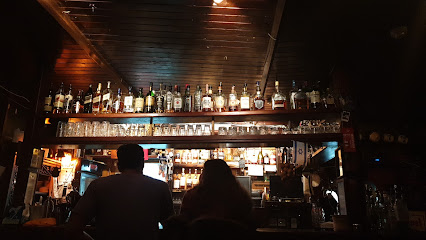
Hansel and Gretel
Experience a whimsical bar atmosphere at Hansel and Gretel in Netanya, where enchanting decor meets a vibrant nightlife and delightful drinks.
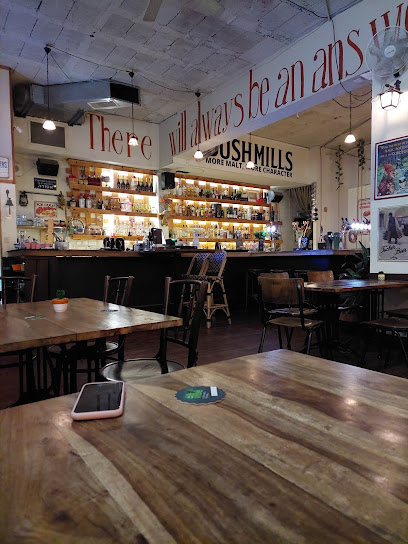
Tommy Gun
Discover Tommy Gun in Netanya, where expert mixology meets a vibrant atmosphere for an unforgettable night out.
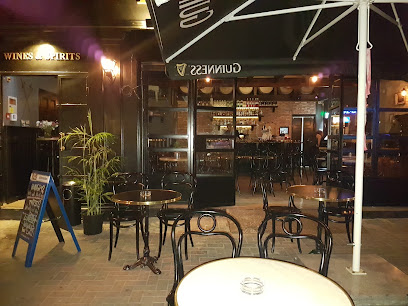
Jem's beer factory
Discover the vibrant world of craft beer at Jem's Beer Factory in Netanya, where every sip tells a story of passion and craftsmanship.
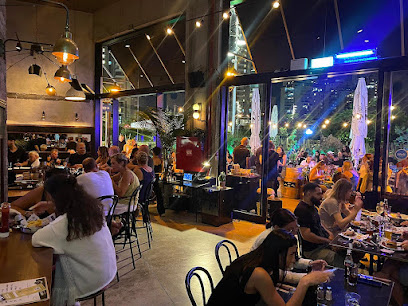
גרייס בר נתניה - Grace bar & Lounge
Discover the vibrant nightlife at Grace Bar & Lounge, a stylish bar in Netanya offering delicious cocktails and a lively atmosphere.
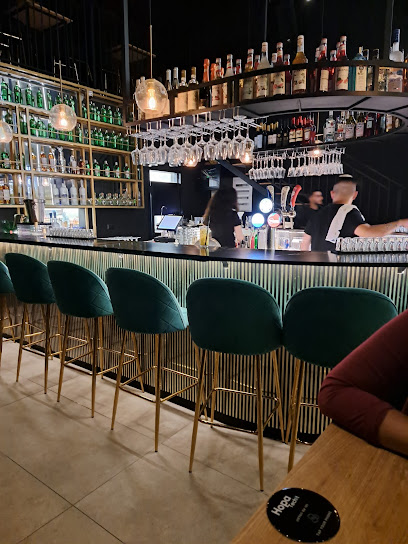
La Bar
Experience the charm of La Bar, a serene stop on the Israel National Trail where nature and relaxation meet in perfect harmony.
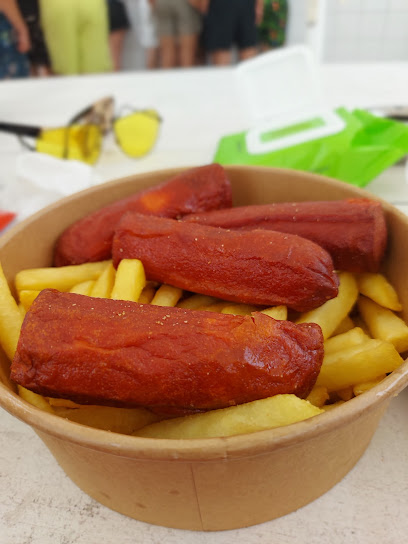
Shamrock
Experience the warmth of Irish hospitality at Shamrock, an authentic pub in Netanya with great food, drinks, and a lively atmosphere.
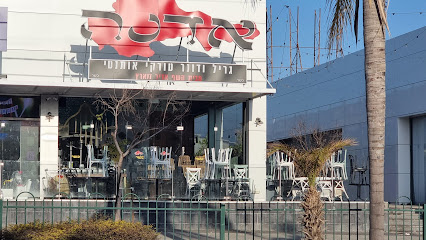
Local Phrases
-
- Helloשָׁלוֹם
[shalom] - Goodbyeלְהִתְרָאוֹת
[lehitra'ot] - Yesכֵּן
[ken] - Noלא
[lo] - Please/You're welcomeבְּבַקָּשָׁה
[bevakasha] - Thank youתוֹדָה
[todah] - Excuse me/Sorryסְלִיחָה
[slicha] - How are you?אֵיך אַתָּה?
[eich atah?] - Fine. And you?טוֹב. וְאַתָּה?
[tov. ve'ata?] - Do you speak English?אַתְּ מְדַבֶּרֶת אַנְגְלִית?
[at medaberet anglit?] - I don't understandאֲנִי לֹא מְבִין
[ani lo mevin]
- Helloשָׁלוֹם
-
- I'd like to see the menu, pleaseאָנִי רוֹצֶה לִראוֹת אֶת הַתַּפְרִיט, בְּבַקָּשָׁה
[ani rotseh lir'ot et hataprit, bevakasha] - I don't eat meatאֲנִי לֹא אוֹכֵל בָשָׂר
[ani lo ochel basar] - Cheers!לְחַיִּים!
[lechayim] - I would like to pay, pleaseאָנִי רוֹצֶה לְשַׁלֵּם, בְּבַקָּשָׁה
[ani rotseh leshalem, bevakasha]
- I'd like to see the menu, pleaseאָנִי רוֹצֶה לִראוֹת אֶת הַתַּפְרִיט, בְּבַקָּשָׁה
-
- Help!עֶזְרָה!
[ezra] - Go away!לֶך הָלוֹך!
[lech haloch] - Call the Police!קְרָא לַמִּשְׁטָרָה!
[kra lamishtara] - Call a doctor!קְרָא לַרוֹפֵא!
[kra larofe] - I'm lostאֲנִי אֹבֵד
[ani oved] - I'm illאֲנִי חוֹלֶה
[ani holeh]
- Help!עֶזְרָה!
-
- I'd like to buy...אֲנִי רוֹצֶה לִקְנוֹת...
[ani rotseh liknot] - I'm just lookingאֲנִי רַק צוֹפֶה
[ani rak tzofeh] - How much is it?כַּמָּה זֶה עוֹלֶה?
[kama ze ole?] - That's too expensiveזֶה יָקָר מִדַי
[ze yakar midai] - Can you lower the price?אַתָּה יָכוֹל לְהוֹרִיד אֶת הַמְחִיר?
[ata yachol lehorid et hamchir?]
- I'd like to buy...אֲנִי רוֹצֶה לִקְנוֹת...
-
- What time is it?כַּמָּה הַשָּׁעָה?
[kama hasha'a?] - It's one o'clockהִיא חָד
[hi chad] - Half past (10)חֲצֵי עֶשֶֹר
[chatzi eser] - Morningבּוֹקֶר
[boker] - Afternoonצָהֳרַיִם
[tzohorayim] - Eveningעֶרֶב
[erev] - Yesterdayאֶתְמוֹל
[etmol] - Todayהַיוֹם
[hayom] - Tomorrowמָחָר
[machar] - 1אֶחָד
[echad] - 2שְׁתַיִם
[shetayim] - 3שָׁלוֹש
[shalosh] - 4אַרְבַּע
[arba] - 5חֲמֵשׁ
[chamesh] - 6שֵׁשׁ
[shesh] - 7שִׁבְעָה
[shiv'a] - 8שְׁמוֹנֶה
[shmona] - 9תֵּשַׁע
[tesha] - 10עֶשֶֹר
[eser]
- What time is it?כַּמָּה הַשָּׁעָה?
-
- Where's a/the...?אֵיפֹה נִמְצָא...
[efo nimtza] - What's the address?מַה הַכְתוֹבָת?
[ma haketovet] - Can you show me (on the map)?אַתָּה יָכוֹל לְהַרְאוֹת לִי (עַל הַמַפָּה)?
[ata yachol leharot li (al hamapa)] - When's the next (bus)?מָתַי הַאוֹטוֹבוּס הַבָּא?
[matai haotobus haba] - A ticket (to ....)כַּרְטִיס (לְ....)
[kartis (le....)]
- Where's a/the...?אֵיפֹה נִמְצָא...
History of Kiryat Hasharon
-
Kiryat Hasharon was established in the 1950s as a neighborhood aimed at accommodating new immigrants to Israel, particularly those arriving after the 1948 Arab-Israeli War. The neighborhood was part of the larger city of Netanya, which was founded in 1929 and has grown significantly over the decades. Kiryat Hasharon's development was characterized by the construction of low-rise residential buildings and community facilities intended to foster a sense of belonging among diverse populations.
-
Throughout the 1960s and 1970s, Kiryat Hasharon became known for its cultural diversity, housing immigrants from various countries, including North Africa, Eastern Europe, and the Middle East. This blend of cultures contributed to a vibrant community life, with local events often celebrating different traditions. The neighborhood's cultural scene was enriched by local festivals, markets, and community organizations that promoted social cohesion and integration.
-
As Kiryat Hasharon expanded, so did its educational facilities. The establishment of schools and community centers in the 1980s and 1990s played a vital role in shaping the neighborhood's identity. These institutions not only provided education but also served as venues for cultural activities and community gatherings, emphasizing the importance of education in the local culture and contributing to the overall development of Netanya as a hub for learning.
-
In the early 21st century, Kiryat Hasharon underwent significant modernization efforts. The local government initiated urban revitalization projects aimed at improving infrastructure, public spaces, and housing conditions. These changes attracted new residents and businesses, enhancing Kiryat Hasharon's appeal as a desirable place to live within Netanya. This period also saw an increase in local amenities and services, further integrating the neighborhood into the broader urban fabric of the city.
-
Recently, Kiryat Hasharon has embraced environmental initiatives, reflecting a growing awareness of sustainability issues. Community-led projects focusing on green spaces, recycling programs, and public gardens have gained popularity, showcasing residents' commitment to preserving their environment. This movement aligns with broader trends in Netanya, where local authorities have prioritized ecological conservation and urban greening efforts.
Kiryat Hasharon Essentials
-
Kiryat Hasharon is accessible from other neighborhoods in Netanya via public transportation. Buses and shared taxis (sherut) connect Kiryat Hasharon to the city center and other areas. The main bus terminal in Netanya is a hub for local and intercity buses, making it easy to reach Kiryat Hasharon from nearby neighborhoods such as Ir Yamim and the city center. If you're coming from Tel Aviv, you can take a train to Netanya and then continue by bus or taxi.
-
Kiryat Hasharon is well-served by public transportation, including buses that run frequently throughout the area. Bicycles can also be a convenient way to explore the neighborhood, as there are bike lanes in some parts. For short distances, walking is a pleasant option, especially given the neighborhood's parks and green spaces. Taxis and ride-sharing services are available for those who prefer a more direct mode of transport.
-
Kiryat Hasharon is generally considered safe for tourists, but as with any urban area, it is essential to stay vigilant. Avoid poorly lit areas at night and be cautious of your belongings in crowded places. While high crime rates targeting tourists are not prevalent, it's wise to avoid certain areas that may be less secure, especially after dark.
-
In case of an emergency, dial 100 for police, 101 for ambulance services, and 102 for fire services in Israel. Local hospitals and clinics are available for medical assistance. It is advisable to have travel insurance that covers emergencies. For minor health issues, pharmacies are present in Kiryat Hasharon, offering over-the-counter medications.
-
Fashion: Do dress modestly, especially when visiting religious sites. Avoid overly revealing clothing. Religion: Do respect local customs; if visiting synagogues, cover your shoulders and knees. Public Transport: Do be respectful and offer your seat to elderly passengers. Don't eat or drink on public transport. Greetings: Do greet people with a friendly smile and a handshake. Eating & Drinking: Do try local cuisine and accept food offerings graciously. Don't refuse hospitality, as it can be seen as rude.
-
To experience Kiryat Hasharon like a local, visit the local parks and community centers where residents gather for recreational activities. Engage with locals at cafes and bakeries to learn about the neighborhood's culture and history. Additionally, try to attend local events or markets if your visit coincides, as they offer a glimpse into daily life and local traditions.
Trending Landmarks in Kiryat Hasharon
-
Independence Square
-
שלולית החורף נתניה
-
Iris Reserve
-
Park Einstein
-
Community Center in Kiryat Hasharon
-
Victory Monument
-
אתר ההנצחה לחללי חיל הטכנולוגיה והאחזקה
-
Planetanya- Planetarium Netanya | פלנתניה- פלנטריום נתניה
-
מנוחת עולם
-
פארק תשרי
-
HaSharon
-
Memorial Monuments Garden
-
אתר מורשת - אנדרטת חיל החימוש - נתניה
Nearby Cities to Kiryat Hasharon
-
Things To Do in Ra'anana
-
Things To Do in Raanana
-
Things To Do in Kfar Saba
-
Things To Do in Herzliya
-
Things To Do in Hadera
-
Things To Do in Hod Hasharon
-
Things To Do in Tel Aviv
-
Things To Do in Caesarea
-
Things To Do in Ramat Gan
-
Things To Do in Jaffa
-
Things To Do in Zikhron Ya'akov
-
Things To Do in Holon
-
Things To Do in Modi'in
-
Things To Do in Haifa
-
Things To Do in Ashdod







